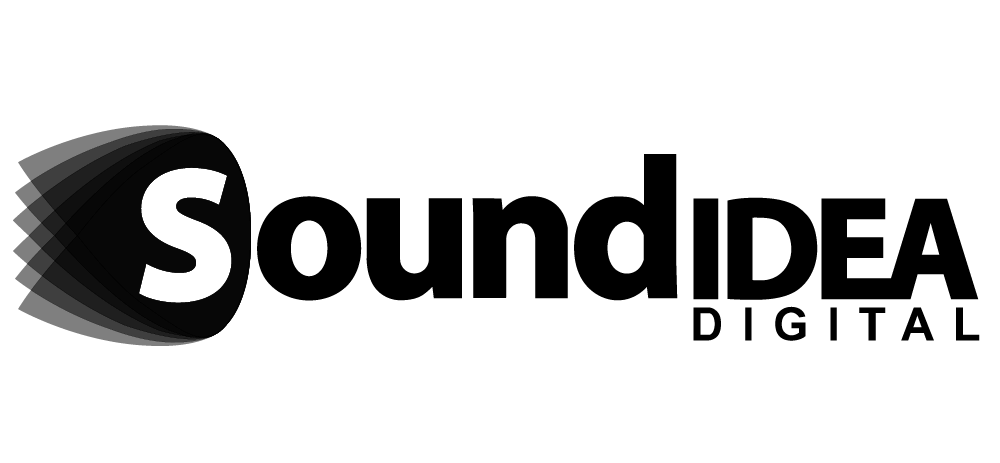
Whiteboard Animators: Scriptwriting Persuasive Explainers
Whiteboard explainer videos are a powerful storytelling tool that captures attention and simplifies complex ideas. As experts in whiteboard animators, we understand that a compelling script is the foundation of any successful video. The key to creating persuasive content lies not only in what you say but in how you say it—every word and visual cue must be carefully designed to connect with your audience and inspire action.
Mastering scriptwriting involves a delicate balance between engaging storytelling and clear messaging. It’s essential to grab your viewer’s interest immediately, address their pain points, offer a straightforward solution, and guide them toward a confident decision. The following sections break down each vital component of the scriptwriting process for whiteboard explainer videos, helping you create content that resonates and converts.
Crafting a Powerful Hook
The initial seconds of your video are crucial for capturing attention. Whiteboard animators know that a strong hook can dramatically increase viewer engagement by immediately sparking curiosity or empathy. Opening with a surprising fact, a direct question, or an intriguing statement invites the audience to keep watching and positions the video as relevant to their needs.
Beyond words, integrating visual elements such as dynamic drawings or bold gestures within the first few seconds can amplify this effect. These attention-grabbing techniques help to interrupt scrolling behaviour and maintain interest, setting the stage for a persuasive narrative. A well-crafted hook sets a confident tone and encourages viewers to invest their time in your message.
Clearly Defining the Problem Statement
Identifying and articulating the viewer’s pain point early in the script is essential to building relevance. Effective whiteboard animators use the Problem–Agitation–Solution approach to first highlight the problem in relatable terms, then delve into the challenges it causes, heightening the viewer’s emotional connection.
By validating the audience’s frustrations or obstacles, your message resonates on a deeper level. This clarity helps viewers feel understood and primes them for the solution you’re about to offer. A sharp and empathetic problem statement strengthens trust and encourages viewers to stay engaged with the content.
Framing the Solution Simply and Directly
Once the problem is clear, the script must quickly present the product or idea as an easy-to-understand remedy. Whiteboard animators focus on using conversational language and direct address—using “you” and “your”—to make the solution feel personal and accessible.
Simplicity is critical here: avoid jargon or technical terms that might overwhelm or confuse. Instead, highlight how the solution improves the viewer’s situation with clear, tangible benefits. Framing the solution in this straightforward way helps viewers envision the positive change your product can bring, making the message more persuasive and actionable.
Integrating Storytelling to Humanise the Message
Storytelling is a powerful tool that enhances the emotional impact and memorability of whiteboard explainer videos. By embedding relatable characters or scenarios into the script, whiteboard animators help transform abstract ideas into tangible experiences.
A well-structured story with a clear beginning, conflict, and resolution keeps viewers emotionally invested and encourages them to see themselves in the narrative. This human connection not only aids retention but also builds empathy, making the message far more compelling and easier to recall.
Aligning Tone with the Target Audience
Tailoring the tone and vocabulary of your script to suit your audience’s expectations is critical to effective communication. Whether addressing corporate professionals, startups, or educational institutions, whiteboard animators adapt style to create a natural and resonant voice.
For corporate audiences, a polished and formal tone lends credibility and professionalism. For startups, an energetic and informal style can foster connection and excitement. Educational content benefits from a warm, clear, and inquisitive tone that invites curiosity. This thoughtful tone alignment ensures your message lands smoothly and authentically.
Optimising Script Length for Maximum Retention
Video retention studies consistently show that viewers tend to lose interest if a video exceeds 90 seconds. Whiteboard animators therefore aim to keep scripts concise, typically between 60 and 90 seconds, ensuring the message remains focused and impactful.
For more detailed topics, videos can stretch to around two minutes but should avoid unnecessary complexity or filler content. Shorter clips, around 30 seconds, are ideal for social media or teaser content. Reading scripts aloud during development helps to maintain an engaging pace and ensure timing aligns with viewer attention spans.
Incorporating Detailed Visual Cue Scripting
Visual cues are an integral part of whiteboard explainer videos, helping to synchronise narration with the evolving imagery. Whiteboard animators use two-column scripts that pair voiceover lines with precise drawing instructions, such as hand movements, icon appearances, or transitions.
These cues ensure the visuals support and enhance the spoken message, rather than distract from it. Specific directions on pacing, pauses, and emphasising key points guide the animation process, making the video more engaging and easier to follow.
Using Repetition Strategically for Better Retention
Repetition is a cognitive strategy used to reinforce key messages in whiteboard explainer videos. By repeating important words, phrases, or brand promises at strategic points—beginning, middle, and end—the viewer’s memory of the message strengthens significantly.
This technique helps combat information overload and aids long-term recall, ensuring that the core message sticks with viewers well beyond the video’s end. When combined with visual repetition, such as recurring icons or animations, the retention effect is even more powerful.
Crafting a Clear and Compelling Call to Action
The call to action (CTA) is arguably the most important part of your video script. It needs to be concise, direct, and motivating, clearly guiding viewers toward the next step you want them to take, whether that’s signing up, booking a demo, or contacting your team.
Effective CTAs use urgent yet friendly language, such as “Start your free trial today” or “Contact us now to learn more.” Including a visual CTA alongside the spoken line reinforces the message and increases the likelihood of immediate viewer response.
Ending with a Strong Closing Statement
A powerful closing statement provides clarity, reassurance, and an emotional pull to leave viewers feeling confident about your offering. Summarising the benefits briefly while reinforcing trust helps cement the message.
This final moment is your opportunity to inspire action, leaving the viewer with a positive impression and the motivation to engage. A memorable closing combined with the CTA strengthens the overall effectiveness of your whiteboard explainer video.
Final Refinements through Editing and Testing
Once your script is complete, rigorous editing and testing ensure it performs at its best. Reading the script aloud helps check flow and timing. Sharing with colleagues or clients provides fresh perspectives, while producing rough cuts enables real-world retention testing.
Whiteboard animators recommend iterating based on viewer feedback and data to continuously refine pacing, clarity, and emotional resonance. This attention to detail maximises the impact and return on your video investment.
If you are looking to create persuasive whiteboard explainer videos that truly engage and convert, our team at Sound Idea Digital is here to help. We combine expert scriptwriting with skilled animation to bring your message to life in the most effective way possible. Get in touch with us today, and let’s create your next compelling video together.



